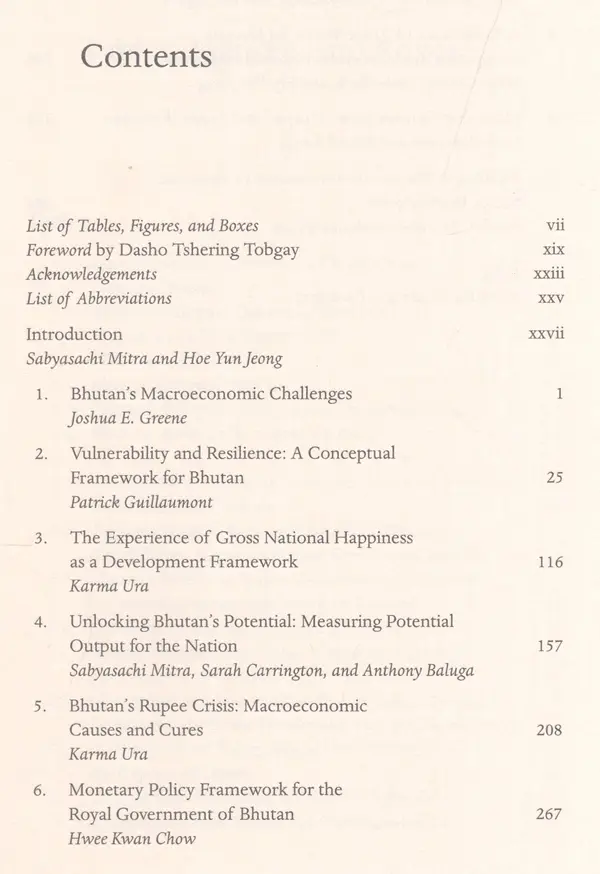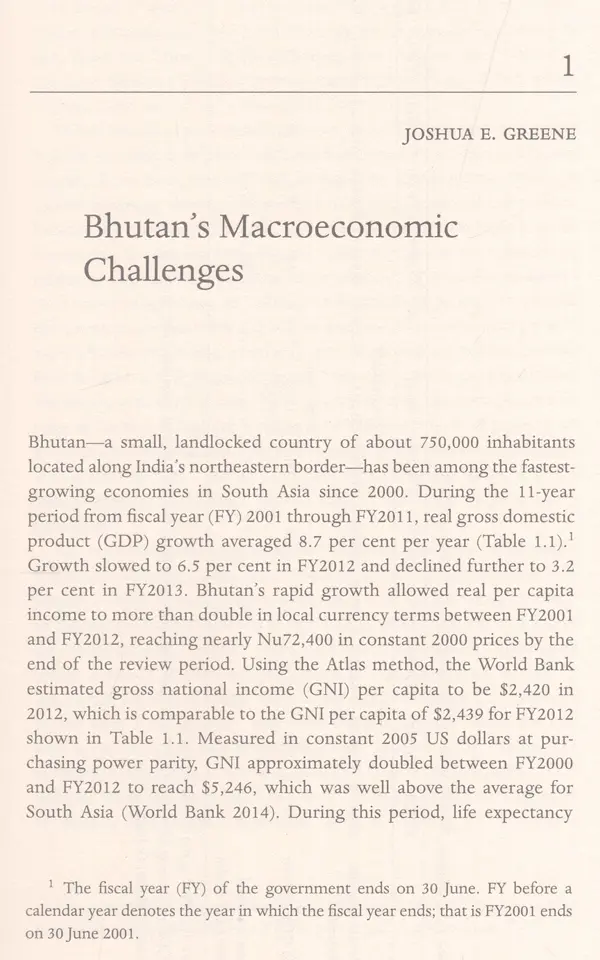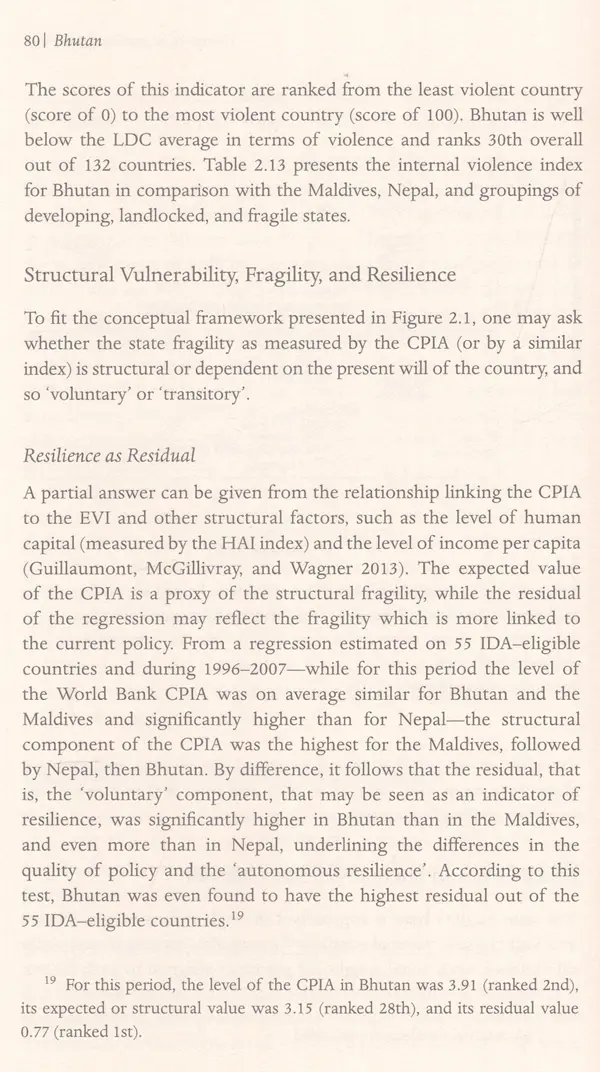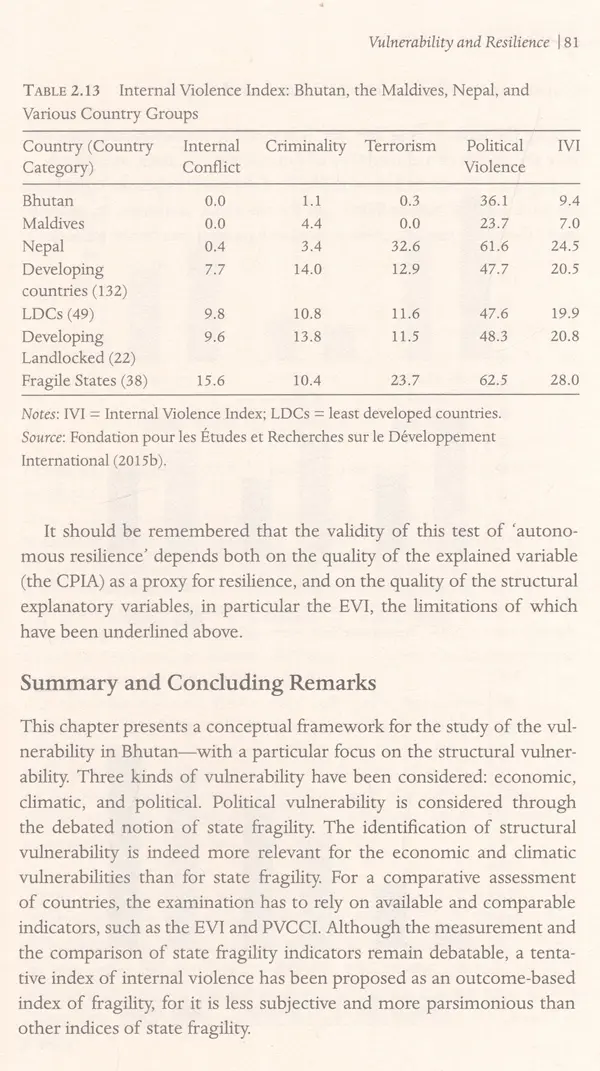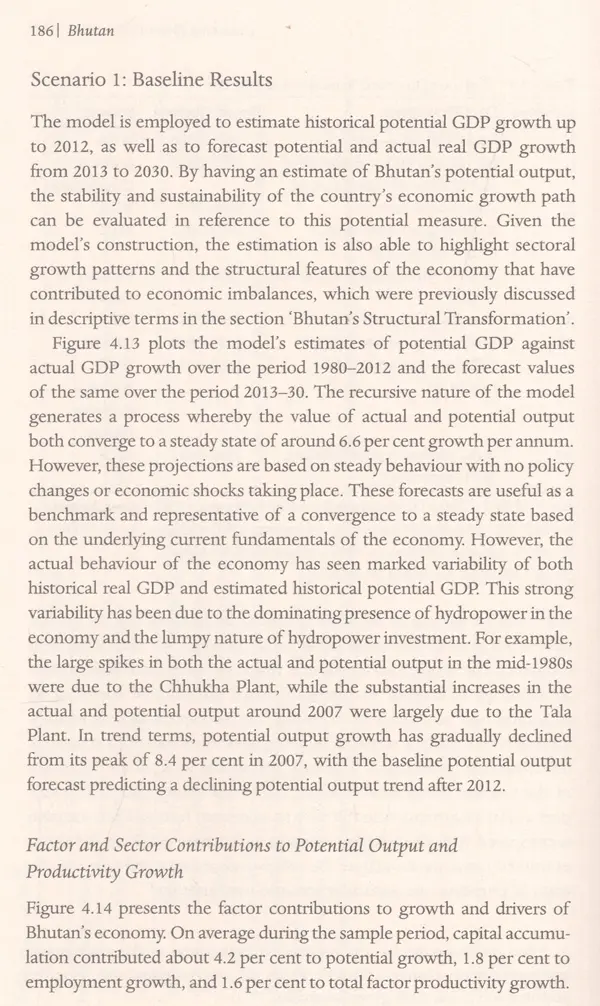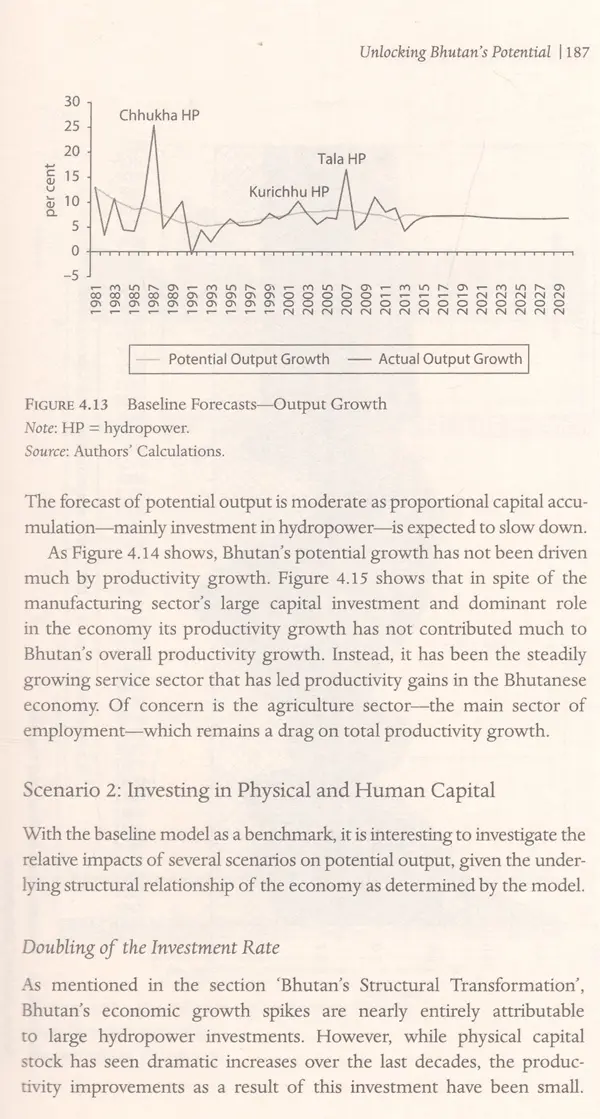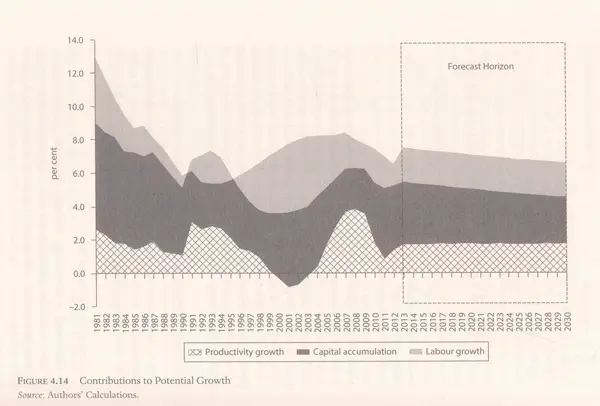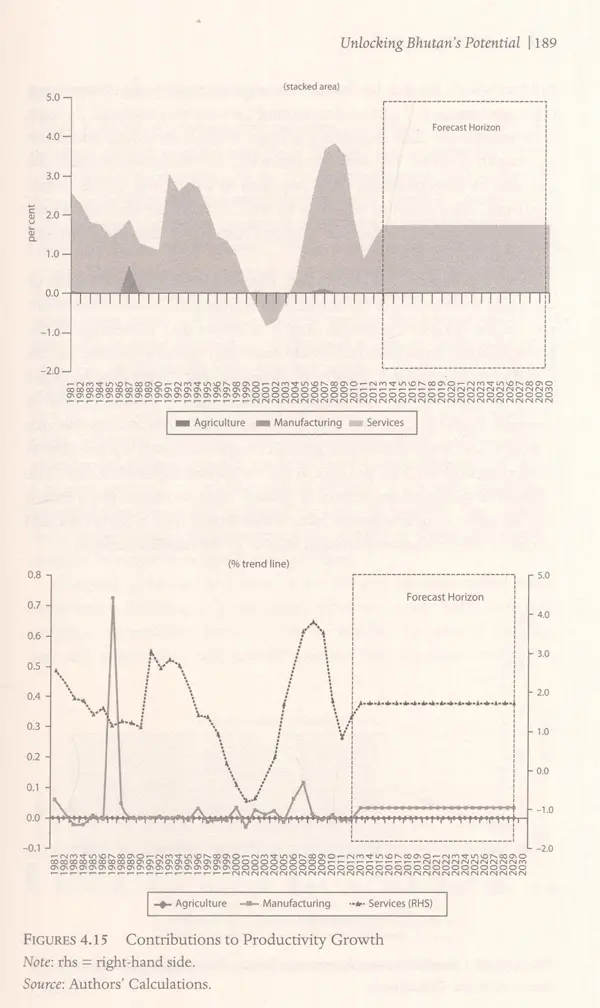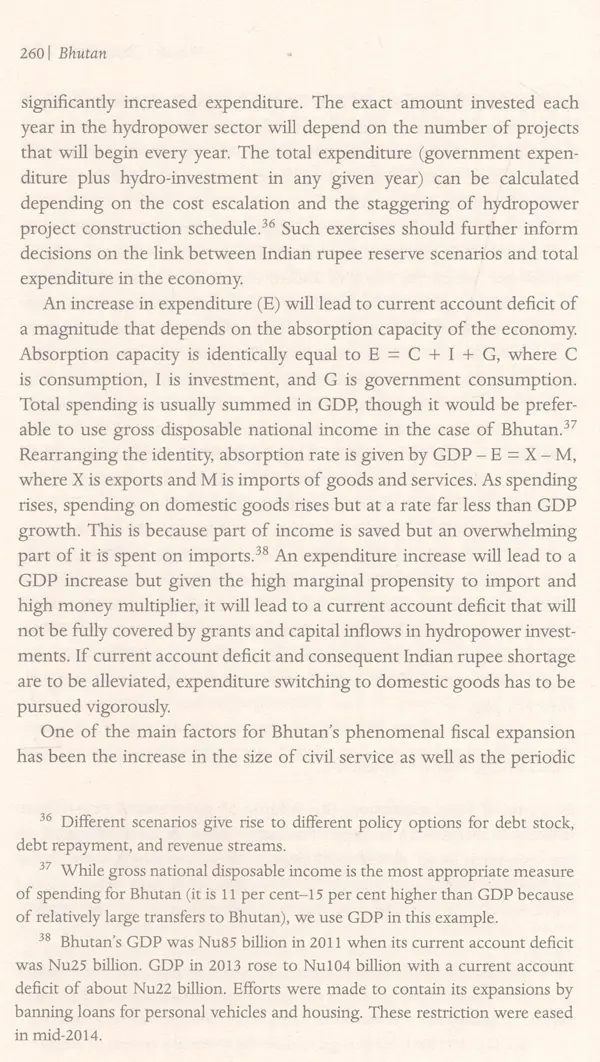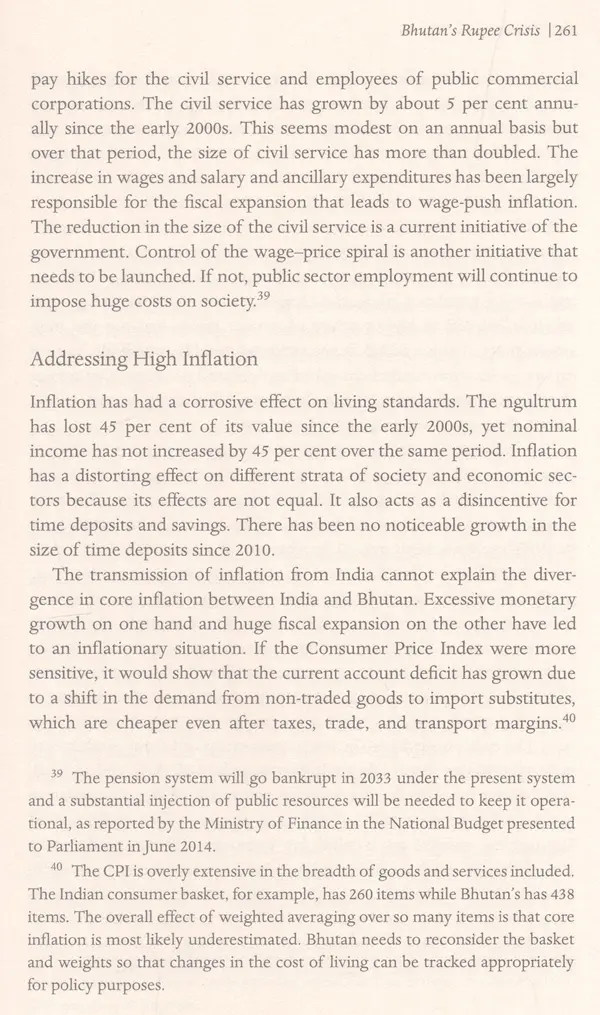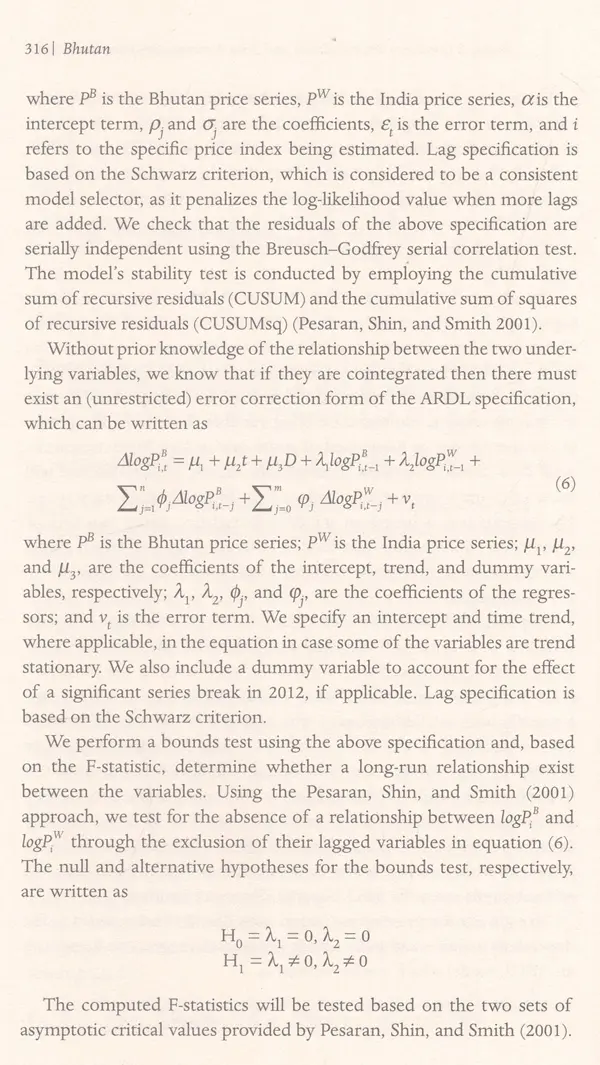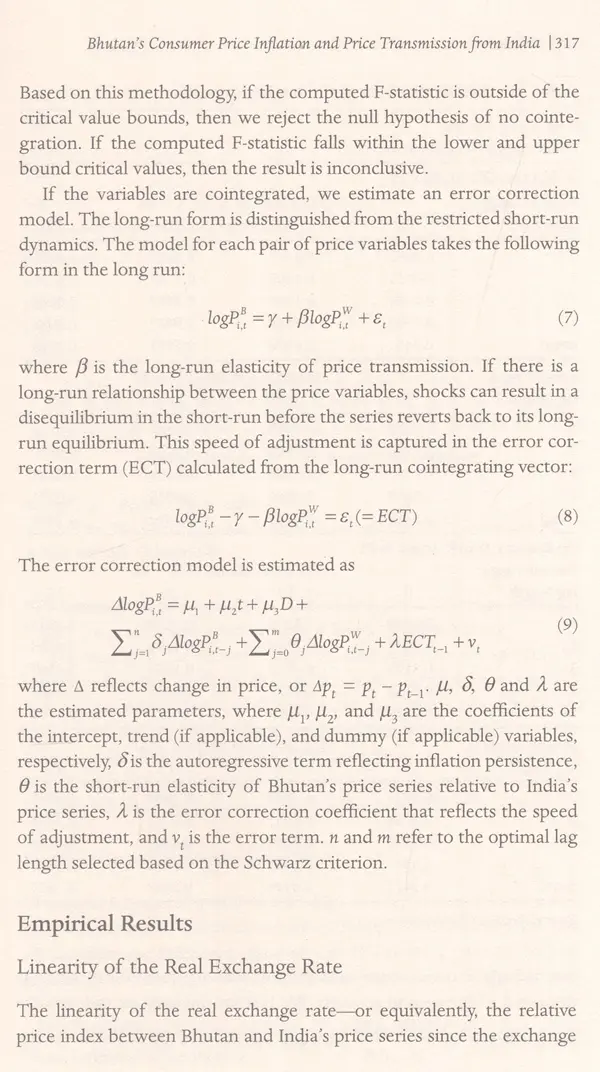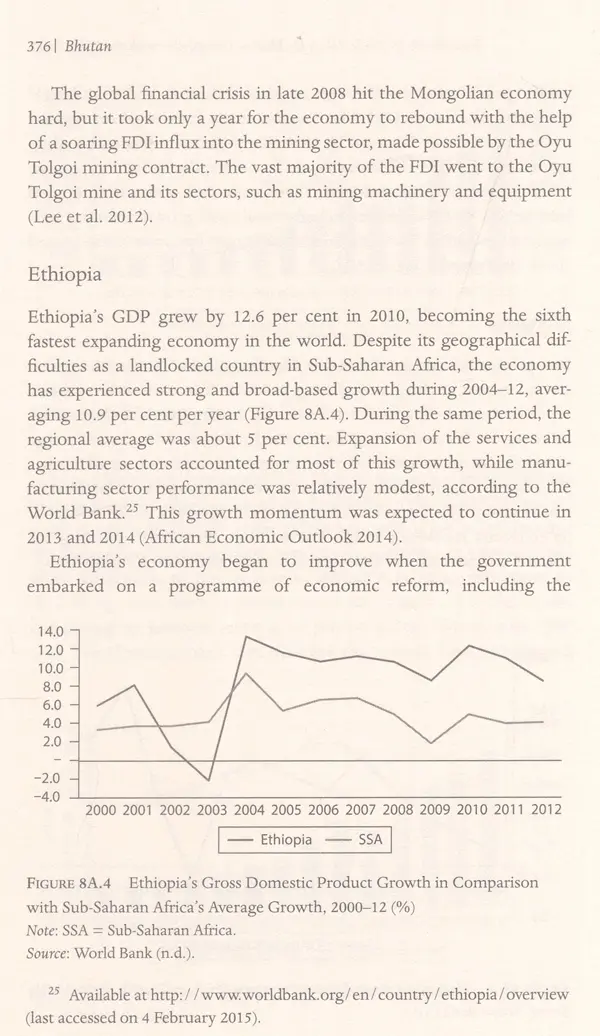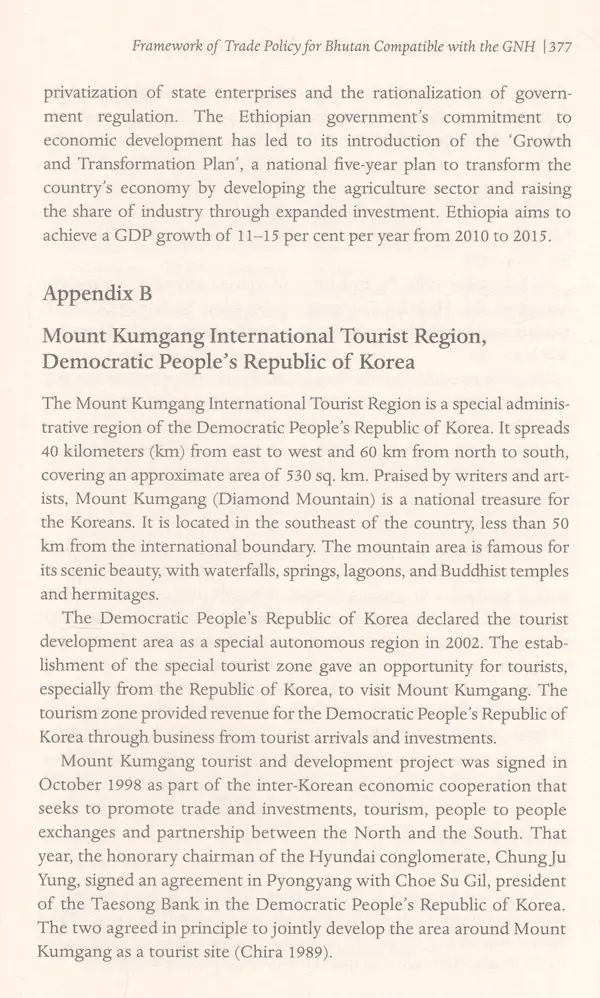
Bhutan: New Pathways to Growth
Book Specification
| Item Code: | UBE971 |
| Author: | Sabyasachi Mitra and Hoe Yun Jeong |
| Publisher: | Oxford University Press |
| Language: | English |
| Edition: | 2017 |
| ISBN: | 9780199474011 |
| Pages: | 504 |
| Cover: | HARDCOVER |
| Other Details | 9.00 X 6.00 inch |
| Weight | 680 gm |
Book Description
The Kingdom of Bhutan has gone through a remarkable socio-economic transformation over the past five decades. It has progressed from a traditional stage of economic development with limited production rooted in one primary sector, to achieving the preconditions for an economic take off. However, Bhutan is still confronted with a number of development challenges, including a narrow economic base, limited private sector development, underdeveloped credit markets, and a build-up in economic inequality with significant youth unemployment.
This book chronicles Bhutan's development story and discusses a range of policies that can unlock the country's economic potential and overcome its limitations. It consolidates a body of knowledge accumulated by the Asian Development Bank while working with the Royal Government of Bhutan on monitoring and strengthening its macroeconomic management framework, and through support to development activities throughout the country.
Sabyasachi Mitra is the Deputy Representative at the Asian Development Bank (ADB), European Representative Office. He was formerly the Principal Economist in South Asia Department (SARD). overseeing economic sector research and leading in conceptualizing and implementing ADB's new initiatives on economic and industrial corridors in South Asia. He also initiated and led the work to develop a macroeconomic monitoring and surveillance framework in Bhutan. He has an MPhil in Economics from Jawaharlal Nehru University, New Delhi, India.
Hoe Yun Jeong is a Senior Economist in the Regional Cooperation and Operations Coordination Division of SARD at ADB. Leading the eco- nomic sector unit of the division, he has worked on a number of eco- nomic corridor development and regional economic integration studies in Asia. Until recently, he was the country team leader for Bhutan. He has a Master's in Business Administration from the University of Washington, United States.
Located in the eastern Himalayas, north of India and south of the People's Republic of China, the Kingdom of Bhutan is a landlocked and mountainous country in Asia. It is a country with a strong. ancient Buddhist culture that was almost completely cut off from foreign influences for centuries. It is unique, both culturally and environmentally. As the world's sole Buddhist kingdom, it is home to the development philosophy of Gross National Happiness (GNH) in which development is measured using a holistic approach of well- being, rather than being based solely on the conventional measure of gross domestic product (GDP).
Bhutan's rapid development under unique circumstances is impres- sive. Its economic expansion in recent decades is among the most rapid of any economy at a similar stage of development Despite its locational challenges and limited access to global markets, Bhutan unlocked its growth potential by tapping its huge hydropower reserves. In 1961, Bhutan's GPD per capita was estimated at only $51, then the lowest in the world. By 2015, GDP per capita had risen to approximately $2,611 Furthermore, annual growth in real GDP averaged 8 per cent during 1981-2014 and per capita income rose at an average of 6 per cent annually over the same period. This phenomenal growth allowed Bhutan to significantly reduce poverty and raise living standards through invest- ment in services and physical and social infrastructure.
As a small, landlocked, rugged, mountainous, and remotely located country, Bhutan faces unique geographic hurdles in its development. This inherent vulnerability creates a number of challenges for achieving sustained, inclusive, socio-economic green growth. Foremost among these is the country's narrow economic base and small population size.
The tiny Kingdom of Bhutan-nestled in the rugged Himalayan peaks and straddled by two neighbouring giants, India and the People's Republic of China has undergone a significant structural transforma tion over the past five decades. Jigme Dorji Wangchuck, the third King of Bhutan, opened the doors of the Himalayan kingdom to the world in 1958 and set the landlocked country on its unique path of political and economic development (Figures 1.1 and 1.2) That same year, the Government of Bhutan adopted its First Five Year Plan. Until now, the government has formulated 11 Five-Year Plans, each of which has set out clear goals and strategic priorities to address the country's evolving development challenges.
A decade later, his successor, King Jigme Singye Wangchuck, unveiled the concept of Gross National Happiness (GNH), an inimitable development policy that has since intrigued and inspired practitioners of devel opment economics, policymakers, and scholars. GNH takes a holistic approach towards notions of progress and gives equal importance to non-economic aspects of well-being. Bhutan's development journey has been guided by its philosophy of GNH as the country continues to delicately balance economic progress with spiritual advancement and total well-being. The collective pursuit of GNH and economic transformation has resulted in significant progress in economic and social development within a relatively short span of time. Bhutan's development plans have catalysed its modernization without compro- mising the rich cultural heritage and abundant natural resources of the country.
Until the 1960s, Bhutan remained isolated and depended heavily on subsistence agriculture to sustain its economy. The absence of infrastructure facilities and the inadequacy of social services, such as education and healthcare, were conspicuous. Before the advent of planned development in the country, there were no motorized vehicles, electricity, or paved roads. Bhutan also lacked postal and telecommu- nication systems prior to the 1960s and did not have any air links to connect its people with the outside world. Access to the country was difficult as the northern route was inaccessible in winter and the south- ern route required a journey through dense and hostile jungle terrain in the Indian states of West Bengal and Assam. Not surprisingly, Bhutan did not welcome its first foreign tourists until 1974. Nine years later, the first commercial flight departed for Kolkata from the Paro valley.
The modernization of Bhutanese society occurred rapidly follow. ing its opening up to the outside world. From having no electricity in the 1960s and only about 20 per cent of the population with access to electricity in 2003, there is nearly universal electrification in Bhutan today. Along with significant reductions in maternal, infant, and under- five mortality rates, the average life expectancy has increased to more than 69 years from only 37 years in 1960. As Bhutan took its first cautious steps towards integration with the rest of the world, it also began the transformation from a barter to a monetized economy in 1974. Less than a decade later, the Royal Monetary Authority was established in 1982 as the country's central bank.
Book's Contents and Sample Pages

